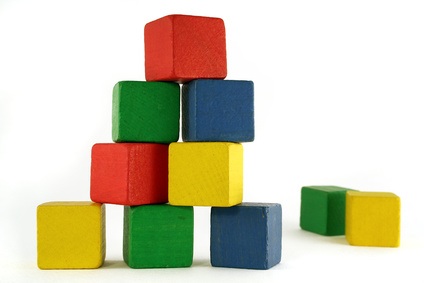Moves are linked with other moves, and we have already looked at the simplest relationship between moves: the relationship between a move and your opponent’s response, but there exists a more complex relationship between moves. The objective in a game is usually long term, and cannot be accomplished in one move, and it is essential to play two, three or more moves to reach your objective. We must calculate all of our opponent’s responses, and our responses to their response as illustrated below.
1. Our move
2. Opponent’s response
3. Our response
This second thought process should be added to the first. Together they both form chess thought process the framework. Remember that a move can be:
a) Attacking
b) Defensive
c) Neutral
d) Blunder
Our moves are intended to be either attacking, defensive or neutral, since a blunder is an unintended result of a move we thought to be one of the first three.
When trying to analyze our opponent’s response, it is important to know in which category our move belongs.
If we are attacking, we know that our opponent must defend. If we are defending, we know that our opponent will try to reinforce their attack. If our move is neutral, we know that our opponent will prepare an attack, or if they are already attacking, they will then try to strengthen their attack.
source: Tratado General del Ajedrez: I: Rudimentos



